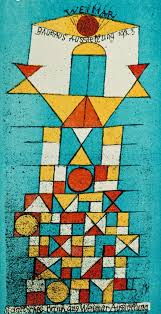“Freedom of speech is not just the freedom of writers to write. It’s also the freedom of readers to read.”
~ Salman Rushdie
Fortunate is the writer who has managed to wipe clean the screen of their imagination, so that when they sit down to work, they are guided only by insight & impulse. Conversely, the reader who opens each new book in the spirit of trust & patience is equally being guided by the same good faith, in the hope for all that becomes possible when two imaginations intertwine.
How direct of an impact does the expectation of a reader have upon the direction of a writer’s imagination? Is it possible to create an original manuscript with no sensitivity for what those who intend to read the book expect from the characters we introduce them to? How difficult it can be to remain loyal to the direction the imagination sends the pen, when there is competition from the expectation of a readership who crave emotional satisfactions.
In those instances, when the narrative is taken into dark corners & all of the freedom & graceful individuality we have bestown our characters is challenged in the headwaters of conflict, we are challenging our reader, as well. How do we manage to engineer conflict so that it not only meets the nuances of an unfolding storyline but also the values of those who invest their time in experiencing the work we have laboured to share?
This is an intimate balance—veering too far-off in either direction can result in irrelevance or alienation. Not traveling far enough can diminish that sacred connection between author & reader. It all traces back to that quiet trust the reader has expressed in choosing this particular novel, amongst the myriad of others. The hope that by sharing the experience of reading our work, we might reveal to them something which expands upon what-is-already-known; it is their investment in our vision which enables this transference.
{Artwork by Lilliana Pereira}





































